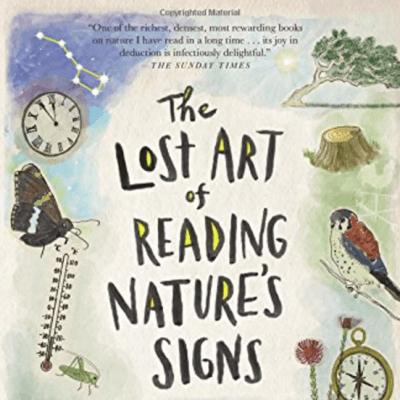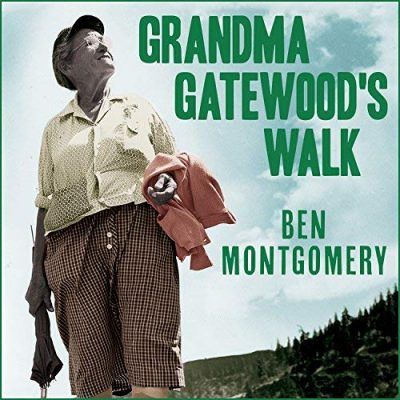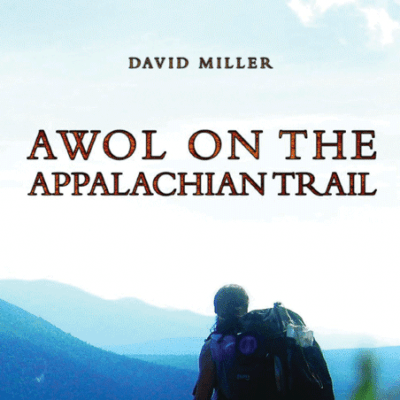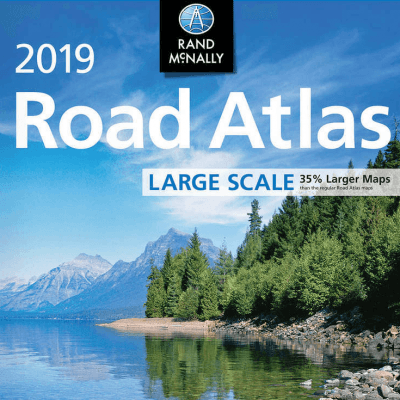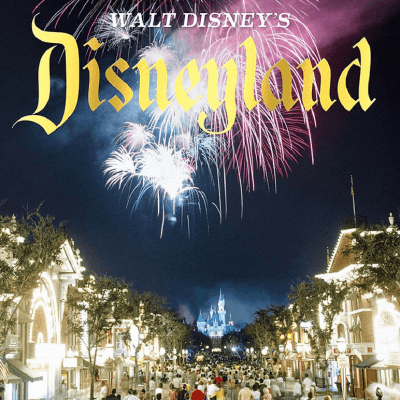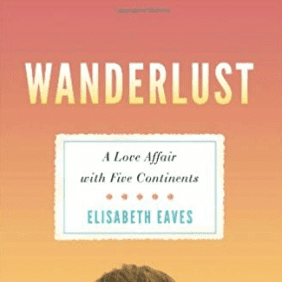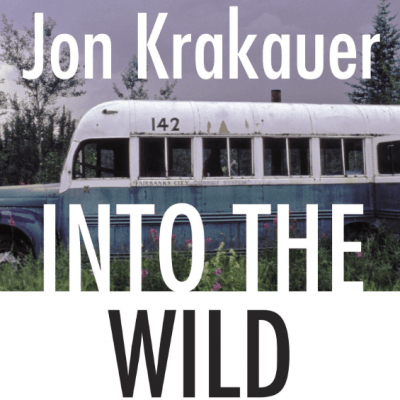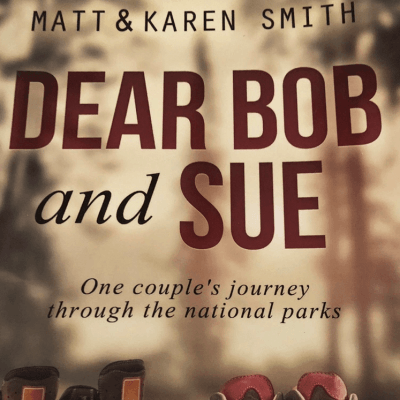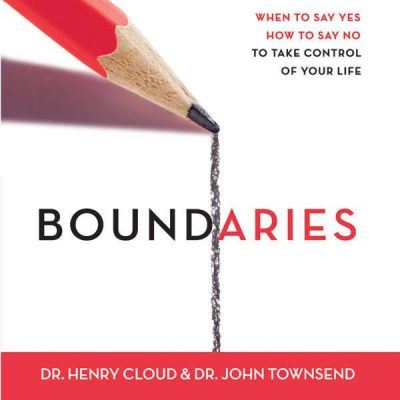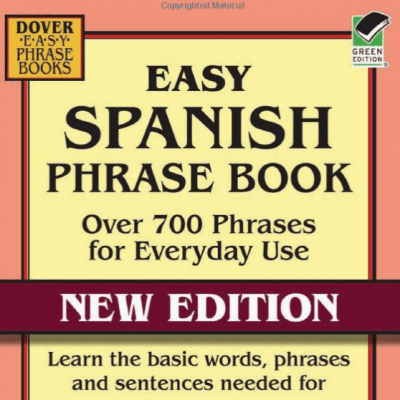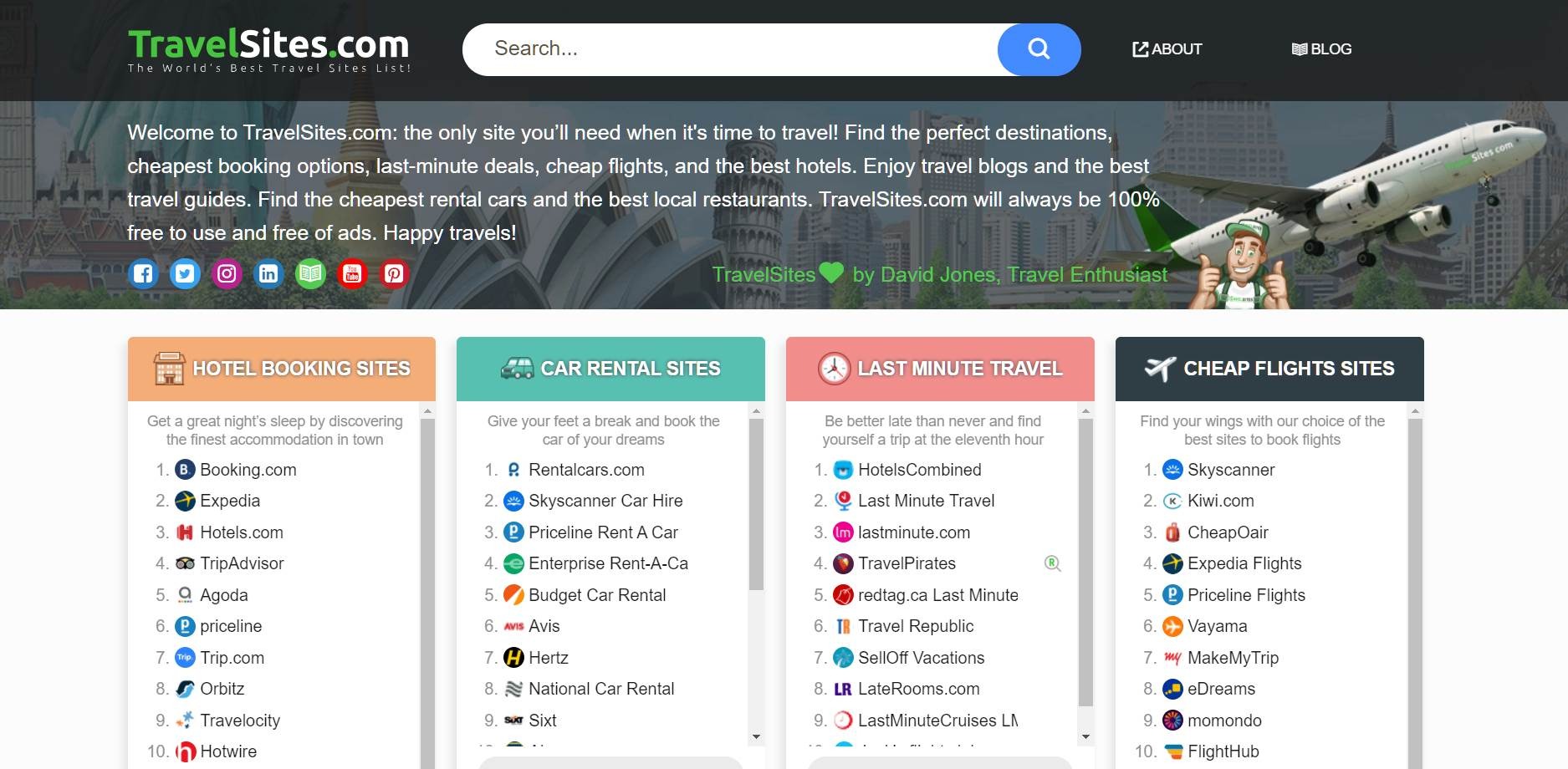Best Travel Books
Gaining inspiration for travel can be difficult. Working out where to go, what to do, and how to do it is no easy task, particularly if you are sat in your same, familiar hometown. Reading travel books, therefore, is a great way to broaden your horizons and acquire a wide range of insight that will help you decide what to do with yourself. Books open up a whole world of possibilities, allowing the reader to form the images described themselves, without simply being served them on a plate as is the way with travel documentaries. They can be easily read while on the train or bus, or even stuffed into the luggage alongside the other travel essentials. Furthermore, if while travelling you find yourself with no connection to the internet or even electricity, books can be a fantastic way to pass the time and escape the dominance imposed by smartphones and laptops for a while.
With all that in mind, we’ve put together a list of what we believe to be the top ten travel books, featuring everything from phrasebooks to inspirational journeys to maps to general humorous accounts of travelling. By taking into account a variety of different factors, including writing style, content, size and general usefulness to travellers, we have been able to compile the ultimate list of travel books to enrich your life and provide you with the best inspiration, tips, advice and help to prepare you for your travels away. Each review gives a brief summary of the book, picking out its highlights and what sets it apart from other books, while also including its drawbacks. The pros and cons of each one are then listed in an easy-to-read set of bullet points below each review.
One of the first features of the books that was looked at when reviewing each one was the writing style employed by the author. A book that lacks literary flair or does not flow well can make reading it a chore where it should be enjoyable. Unless it’s a map or phrasebook, it’s important that the reader is absorbed in the story, and poor writing can significantly affect this. AWOL on the Appalachian Trail, for example, although containing interesting and unique content detailing one man’s 2000-mile hike along the famous trail in America, is written by a software engineer and hence reads much like a scientific journal rather than a piece of literature. The author’s writing style is heavy on simple, short, declarative sentences with little room for true emotional feelings of his own, making for a potentially difficult reading experience. Grandma Gatewood’s Walk, meanwhile, reads well for the most part, however the writer jumps from telling Gatewood’s story, to detailing what was going on at the time, making for a convoluted and confusing account. Therefore, when reviewing the books, we considered the writing style in order to provide a combination of fascinating and useful content that flowed well.
Another aspect of the books we looked at was the content and how useful it was for travellers, whether to provide inspiration or simply to give practical advice. Every book, in some shape or form, offers something to the reader, yet to varying degrees. Therefore, with a list of just ten books, we tried to find the ones with relevance to the largest demographic of people, while avoiding those exclusive to a small group. The Lost Art of Reading Nature’s Signs is a good example of a book that carries a significant amount of utility for its readers, providing more than 850 tips and advice on how nature can be used for navigation, forecasting,tracking, and nature walks. Wanderlust: A Love Affair with Five Continents, on the other hand, is a unique story told well, however it tends to detail personal relationships at the expense of describing what various locations are really like, meaning in terms of finding practical information it is of little use. For that reason, when reviewing the books we took into account its relevance for travellers, as well as if it was worth the luggage space, or if it was a book better read leisurely at home.
Despite it seeming an obvious point, the dimensions of the book were also factored in to assess how suitable they were for transporting around. When travelling, there is little use having a great book that you cannot fit in your bag or take to the beach with you to enjoy wherever you go, particularly as airlines impose tight restrictions on the maximum weight your bag can be. Walt Disney’s Disneyland, for example, is very much a coffee table book due to its large size, and the heavy, glossy pages of which it is made up. The 2019 Rand McNally Large Scale Road Atlas, meanwhile, is ideal for planning journeys, however owing to the fact that it contains every US state and is 35% bigger than their previous atlas means that it is not very convenient to take around with you, especially if driving alone as it requires two hands to hold up. Better a book that can be easily carried and pulled out when necessary, such as the Easy Spanish Phrasebook, a quick reference, easy to use guide for learning Spanish while on the go. Consequently, taking into account the size of the book was an aspect that was also considered, although that being said, it was by no means the most important since many travellers now carry an e-Reader with them, and was thus more directed towards those books featuring photographs or, as stated, atlases.
Finally, we looked at attitudes and beliefs contained within the books and whether they affected the text as a whole. While having a unique perspective or outlook can make for a more interesting read, often it can be overbearing and take away from the experience being described. As an example, Boundaries: When to Say Yes, When to Say No to Take Control of Your Life, is a self help book offering lots of important lessons on setting boundaries in our lives, from relationships to travelling. Nevertheless, it is written by two authors who place a heavy emphasis on Christianity and Christian values, meaning it can be difficult to extract the true meaning of the text without getting a overwhelming sense of being preached to. Dear Bob and Sue, meanwhile, is a witty account of a couple’s travels through all 59 national parks located in the United States. It is well written and makes for a good, casual read that could provide inspiration to those thinking of going on their own trip around the US. However, their attitude towards the park rangers is, at times, disrespectful and leads to them disregarding advice given to them in showing consideration to the parks. If these books are to be read for inspiration then it is important that they show a good attitude and do not overwhelm with personal beliefs, hence why it was a factor that was considered when reviewing each one.
Overall, this list provides ten of the best books centred around travel that will prepare you for a whole myriad of different experiences, while at the same time offering inspiring ideas, sound advice and general help in a range of scenarios. Travelling can be a great time to get away from the technology that has so much come to dominate our lives (mobile phones, laptops, tablets and televisions) and get stuck into a good book that will not only be enjoyable to read but will provide you with something to enrich and improve your life. Each was reviewed with the aforementioned factors in mind to produce a list that offers everything, be it help navigating while on the road, getting by in a foreign country, or demonstrating that (almost) anything can be achieved if you put your mind to it.
